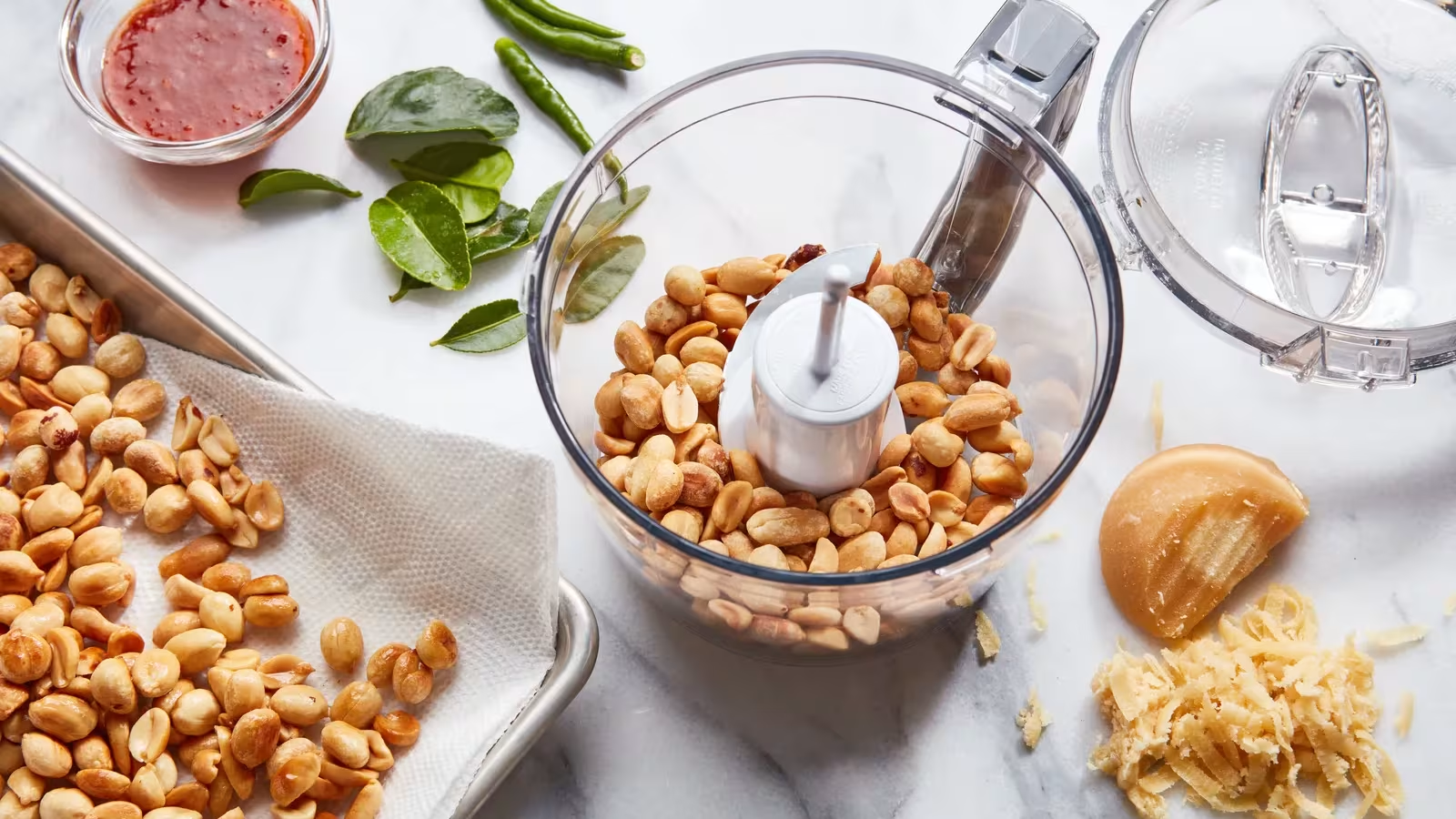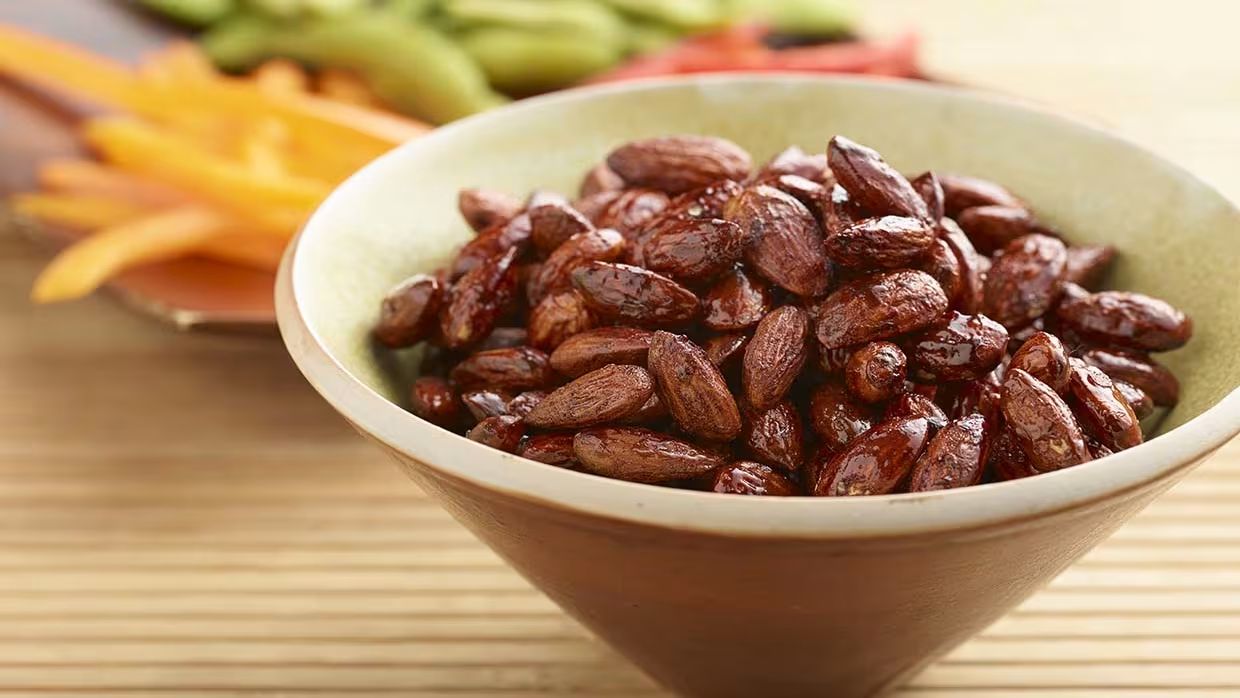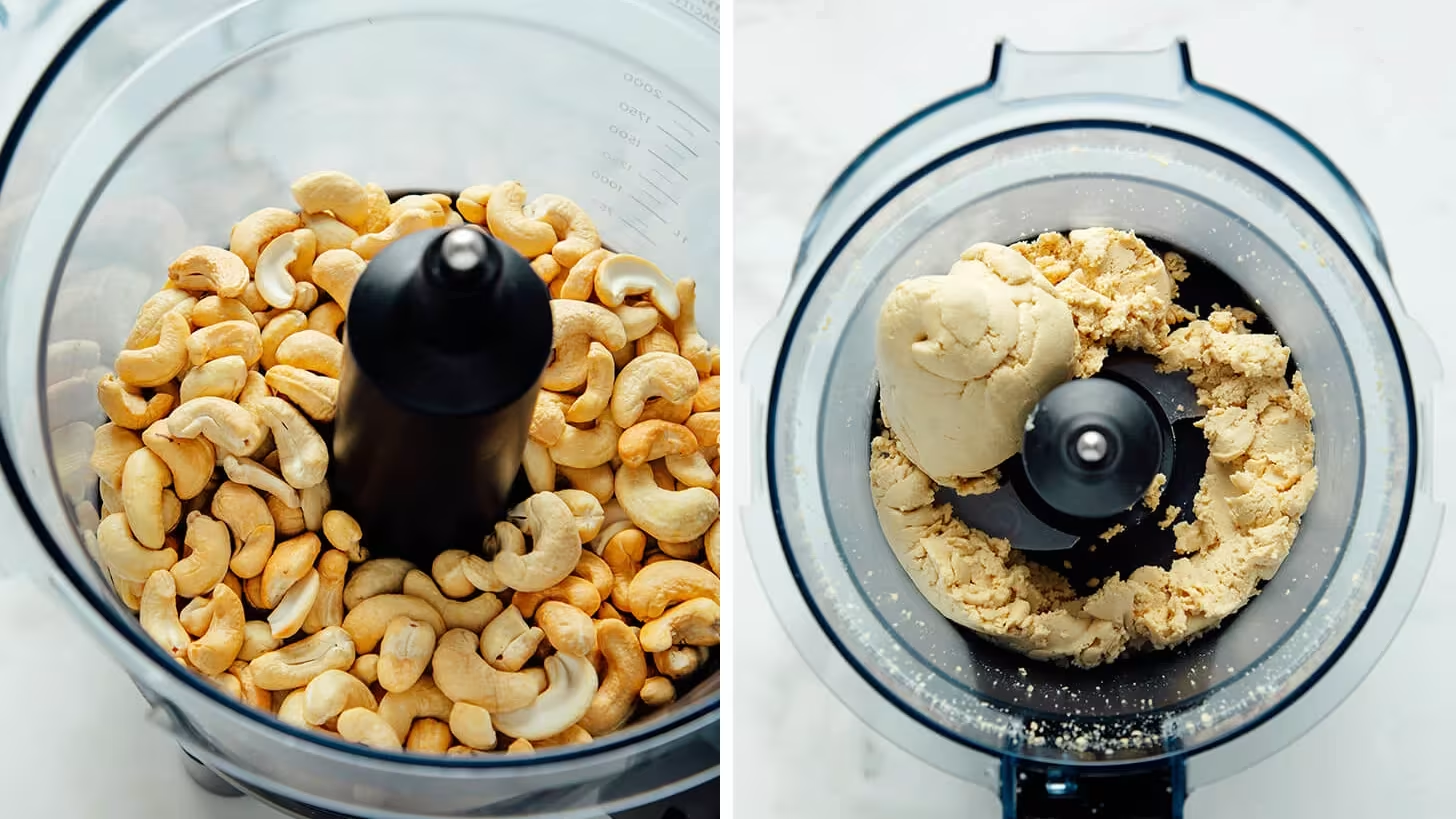
Delicious Food Processor Almonds and Asian Sauce Recipe for a Flavorful Twist
Written by Jessica Lopez
Published at 24-08-2025
Edited on 05/06/2025 | 01:00 PM
Asian RecipesCourse: Appetizer
Cuisine: Asian Fusion
Difficulty: Easy
Servings
4 servings
Prep Time
15 minutes
Cooking Time
10 minutes
Total Time
25 minutes
Fat
12g
Protein
8g
Carbs
20g
Calories
250 kcal
Are you ready to elevate your culinary game with a delightful fusion of flavors? Our Food Processor Almonds and Asian Sauce Recipe is perfect for those who love to experiment in the kitchen! This easy-to-follow recipe makes use of a food processor to create a creamy almond sauce infused with a medley of Asian spices and ingredients. Whether you're looking to whip up a quick dip, a savory dressing, or a unique nut butter, this versatile sauce will surely impress your family and friends. Almonds are not just a tasty snack; they are packed with nutrients, including healthy fats, protein, and vitamin E. By combining them with traditional Asian flavors such as soy sauce, sesame oil, and ginger, you’ll create a rich and flavorful sauce that can enhance any dish.
Imagine drizzling this sauce over grilled chicken, tossing it with fresh vegetables, or even using it as a dip for spring rolls. The best part? You can prepare this sauce in minutes with minimal cleanup, thanks to your trusty food processor. Simply pulse the ingredients together, and voilà! You have a deliciously creamy sauce that’s ready to use. Perfect for busy weeknights or as a gourmet addition to your next dinner party, this dish is sure to become a staple in your kitchen.
Let’s dive into the recipe and discover how easy it is to make this mouthwatering Food Processor Almonds and Asian Sauce. Get ready to impress your taste buds and enjoy a burst of flavor in every bite!.


